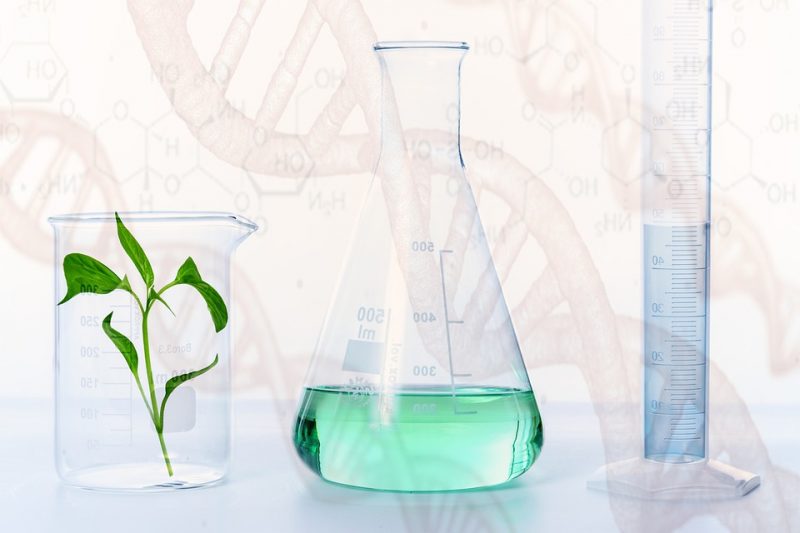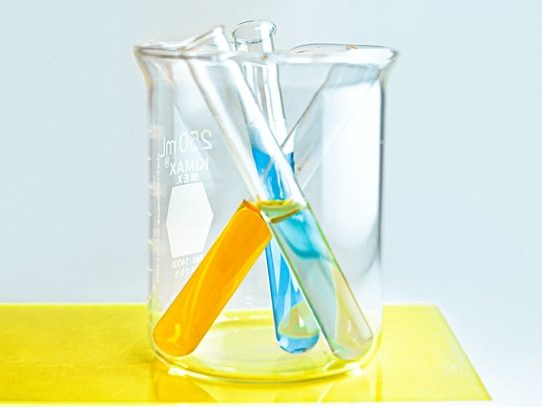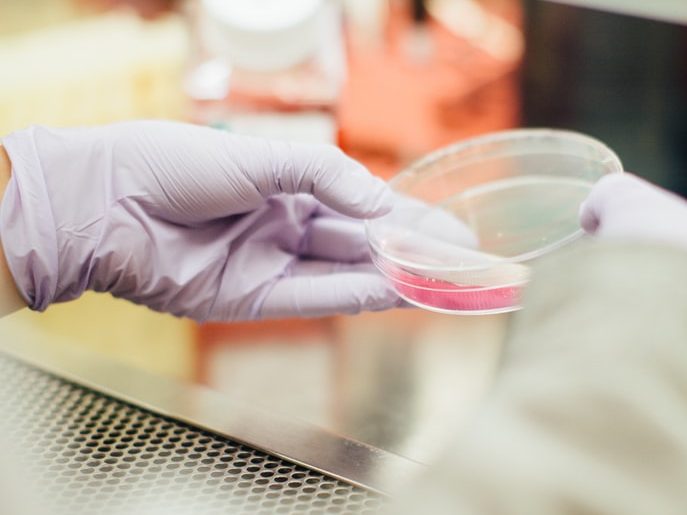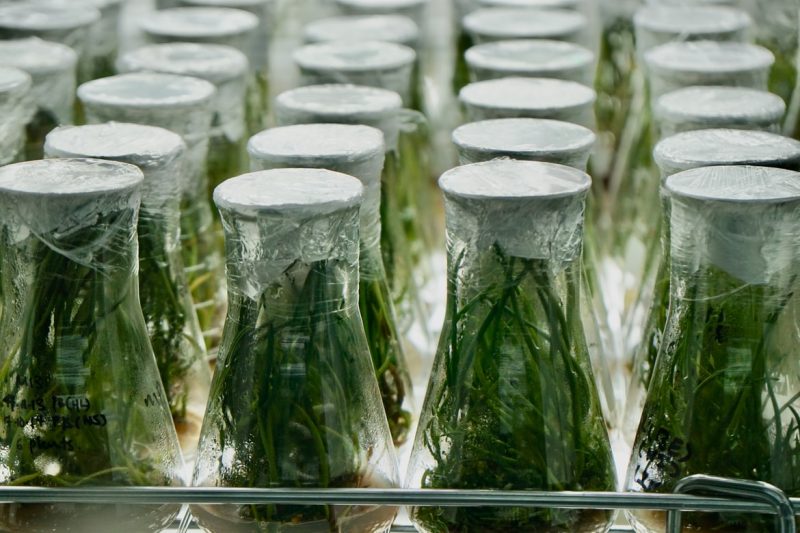Biopesticides – information, types, uses

Biopesticides are products for the protection of plants derived from natural materials, of animal, vegetable, microbial or mineral origin. The use of biopesticides is an important component of integrated pest management programs on which organic farming is based.
The advantages of using biopesticides
- Biopesticides are less toxic than conventional pesticides;
- Usually, biopesticides only affect the target pest and other related species, unlike conventional broad-spectrum pesticides, which can also affect different organisms such as birds, insects and mammals;
- Biopesticides decompose quickly, avoiding the pollution problems caused by conventional pesticides;
- When used as a component of integrated pest management programs, biopesticides can significantly reduce the use of conventional pesticides without affecting crop yields.
Classification of biopesticides
- Biochemical pesticides
They are natural substances that usually control pests through non-toxic mechanisms, unlike conventional pesticides, which directly kill pests. Biochemical pesticides include substances that interfere with the physiological processes of the insects, such as sex pheromones, as well as various plant extracts that repel or attract pests into traps.
Recommended products
-
You can find products on a different store
Change Store -
You can find products on a different store
Change Store -
You can find products on a different store
Change Store -
You can find products on a different store
Change Store -
You can find products on a different store
Change Store -
You can find products on a different store
Change Store -
You can find products on a different store
Change Store -
You can find products on a different store
Change Store -
You can find products on a different store
Change Store -
You can find products on a different store
Change Store -
You can find products on a different store
Change Store -
You can find products on a different store
Change Store -
You can find products on a different store
Change Store -
You can find products on a different store
Change Store -
You can find products on a different store
Change Store -
You can find products on a different store
Change Store -
You can find products on a different store
Change Store -
You can find products on a different store
Change Store -
You can find products on a different store
Change Store -
You can find products on a different store
Change Store -
You can find products on a different store
Change Store -
You can find products on a different store
Change Store -
You can find products on a different store
Change Store -
You can find products on a different store
Change Store
Recommended products
-
You can find products on a different store
Change Store -
You can find products on a different store
Change Store -
You can find products on a different store
Change Store -
You can find products on a different store
Change Store -
You can find products on a different store
Change Store -
You can find products on a different store
Change Store -
You can find products on a different store
Change Store -
You can find products on a different store
Change Store -
You can find products on a different store
Change Store -
You can find products on a different store
Change Store -
You can find products on a different store
Change Store -
You can find products on a different store
Change Store -
You can find products on a different store
Change Store -
You can find products on a different store
Change Store -
You can find products on a different store
Change Store -
You can find products on a different store
Change Store -
You can find products on a different store
Change Store -
You can find products on a different store
Change Store -
You can find products on a different store
Change Store -
You can find products on a different store
Change Store -
You can find products on a different store
Change Store -
You can find products on a different store
Change Store -
You can find products on a different store
Change Store -
You can find products on a different store
Change Store
- Pesticides of microbial origin
They contain a certain microorganism (bacteria, fungi, viruses or protozoa) as an active substance. Microbial pesticides can control different types of pathogens, although most active ingredients are specific to a target disease or pest. For example, there are fungi that inhibit the growth of other pathogenic fungi or bacteria that kill certain insects.
The most used microbial pesticides are subspecies and strains of Bacillus thuringiensis (abbreviated Bt). Each strain of this bacterium produces a different mixture of proteins, which specifically affects one or more related species of pathogenic insects or fungi. Specifically, some strains of Bt. are used to control Lepidoptera larvae (caterpillars), and others are specific to insects such as aphids, whiteflies etc. In consequence, it is important to recognize the pest / pathogen in question, in order to establish a specific effective treatment.
Recommended products
-
You can find products on a different store
Change Store -
You can find products on a different store
Change Store -
You can find products on a different store
Change Store -
You can find products on a different store
Change Store -
You can find products on a different store
Change Store -
You can find products on a different store
Change Store -
You can find products on a different store
Change Store -
You can find products on a different store
Change Store -
You can find products on a different store
Change Store -
You can find products on a different store
Change Store -
You can find products on a different store
Change Store -
You can find products on a different store
Change Store -
You can find products on a different store
Change Store -
You can find products on a different store
Change Store -
You can find products on a different store
Change Store -
You can find products on a different store
Change Store -
You can find products on a different store
Change Store -
You can find products on a different store
Change Store -
You can find products on a different store
Change Store -
You can find products on a different store
Change Store -
You can find products on a different store
Change Store -
You can find products on a different store
Change Store -
You can find products on a different store
Change Store -
You can find products on a different store
Change Store
Recommended products
-
You can find products on a different store
Change Store -
You can find products on a different store
Change Store -
You can find products on a different store
Change Store -
You can find products on a different store
Change Store -
You can find products on a different store
Change Store -
You can find products on a different store
Change Store -
You can find products on a different store
Change Store -
You can find products on a different store
Change Store -
You can find products on a different store
Change Store -
You can find products on a different store
Change Store -
You can find products on a different store
Change Store -
You can find products on a different store
Change Store -
You can find products on a different store
Change Store -
You can find products on a different store
Change Store -
You can find products on a different store
Change Store -
You can find products on a different store
Change Store -
You can find products on a different store
Change Store -
You can find products on a different store
Change Store -
You can find products on a different store
Change Store -
You can find products on a different store
Change Store -
You can find products on a different store
Change Store -
You can find products on a different store
Change Store -
You can find products on a different store
Change Store -
You can find products on a different store
Change Store
- Plant Incorporated Protectants (PIP)
This term refers to the introduction of specific genes into the plants, allowing them to independently produce specific biocidal agents against pests/diseases. However, the cultivation of genetically modified plants is not fully regulated.
In conclusion, in order to use biopesticides effectively and safely, users must know minimal information about pest management or turn to specialists in the field. They must also closely follow all the instructions on the label.


















































































































































































































































































































































































































































